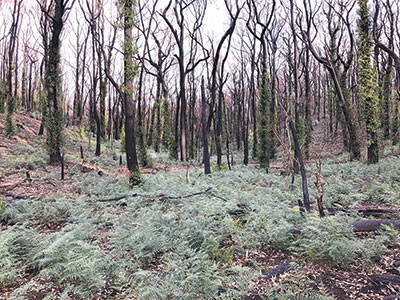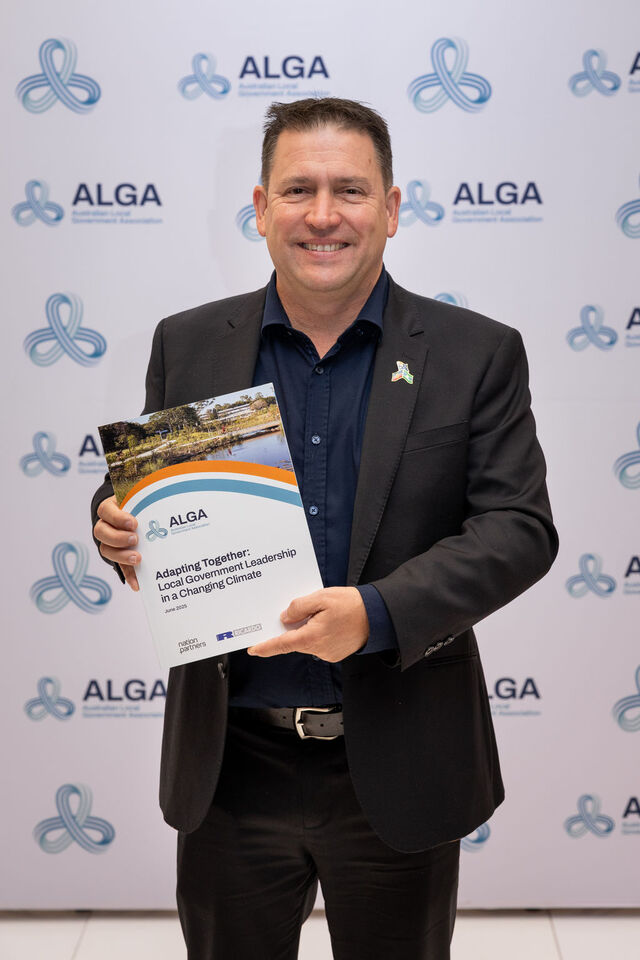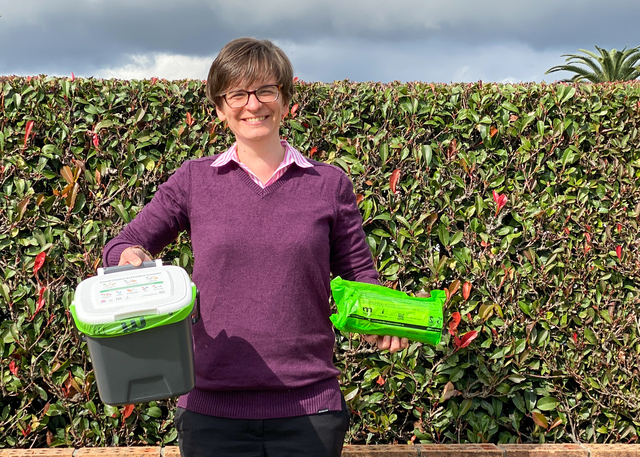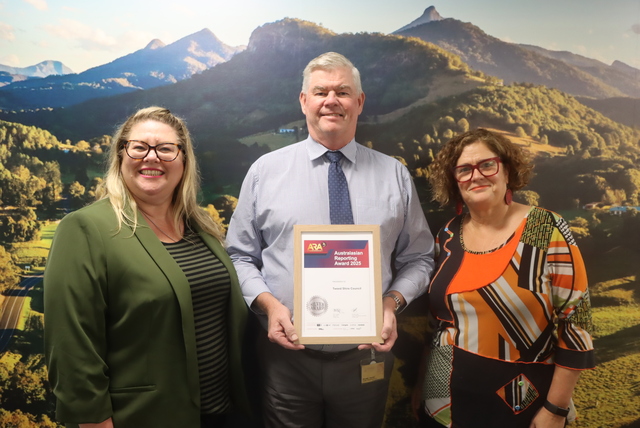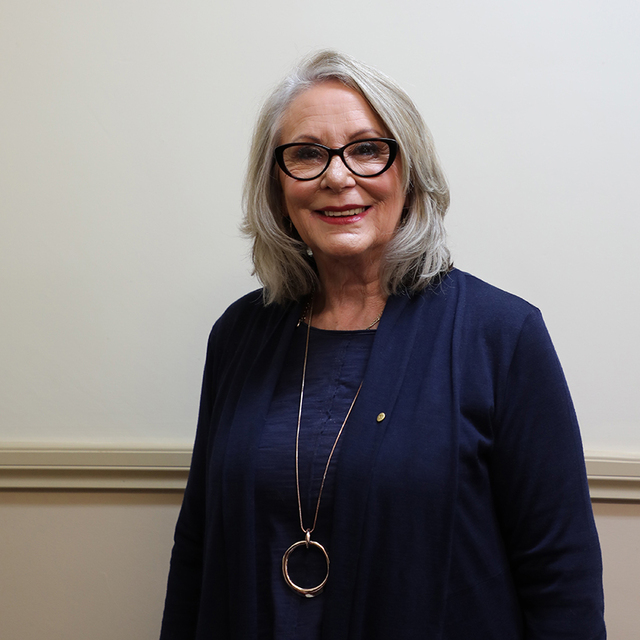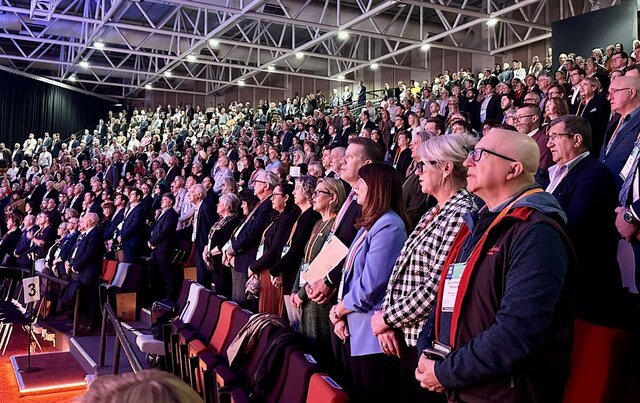A Total Fire Ban was declared in the Shire of Augusta Margaret River, Western Australia, on 22 May 2020.
The ban was declared due to a severe weather forecast issued across the state, just one week before winter, the season typically characterised by cool temperatures and most of the region’s rainfall.
It served as a stark reminder of the devastation caused by the catastrophic bushfires of last Spring and Summer.
In the eastern states, higher than average rainfall in many areas has helped the environment begin the long recovery. However, while the spotlight has moved to COVID-19 and the hardships the pandemic has brought, in the communities that experienced the fires first hand people are still struggling to pull their lives back together.
On 11 May, the Australian Government announced $650 million to be spent accelerating locally-led bushfire recovery.
Part two of the $2 billion National Bushfire Recovery Fund, this package supports the delivery of local recovery plans and projects, and funds help to boost community wellbeing.
As part of the Regional Bushfire Recovery and Development Program, bushfire affected communities will share in $448.5 million to support the delivery of local recovery plans with priority given to the most severely impacted regions, drawing on local voices and local governments in close partnership and as part of cost-sharing arrangements with states.
Prime Minister, Scot Morrison, said, “This funding injection comes as the damage from the bushfires has made itself clear in the weeks and months after they passed, and regions have been finalising the sorts of projects they want to get underway to ‘build back better’.
“Every community is different and every community is at a different point in their recovery. That’s why the projects that these funds will support are not one-size-fits-all – they will reflect community needs.”
To assist with the ongoing clean-up $15 million goes to the forestry industry to meet the increased costs of transporting burned salvaged logs over longer distances to surviving timber mills or storage sites.
Telecommunications is being bolstered for the future as $27.1 million supplies 2000 satellite phones, plus batteries and solar panels, for rural fire depots and evacuation centres.
The package will also see $149.7 million directed towards projects to protect native wildlife and wildlife habitats and to support better land management.
Since the National Bushfire Recovery Fund was set up in in January, $1.3 billion has been committed in the form of local government support, loans, grants, and money for debris removal.
Forty-three councils in Victoria, South Australia, Queensland, and New South Wales have been provided $1 million lump-sum payments to help with initial recovery efforts.
Emergency Management Minister, David Littleproud, said, “This is a locally led recovery not a Canberra led recovery and we’re ‘building back better’.
The finalised plans will go to the National Bushfire Recovery Agency (NBRA) for determination before they are signed-off by Minister Littleproud.
Small businesses in selected fire-affected Local Government Areas are being supported with grants of $10,000 to cover the likes of salaries and wages, utilities, fuel and financial advice.
The minister said funding was rolling out over a two-year period to allow communities to best determine their recovery needs and go at their own pace.

